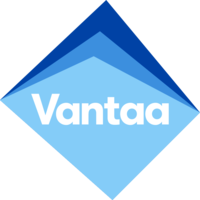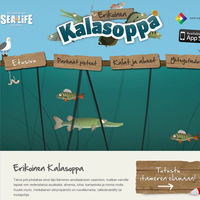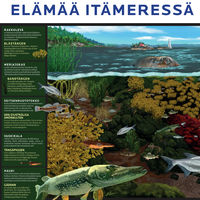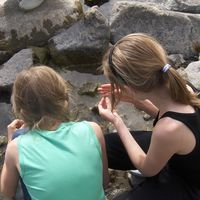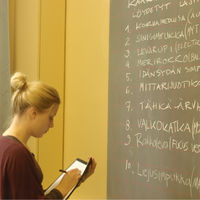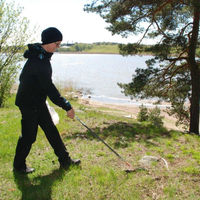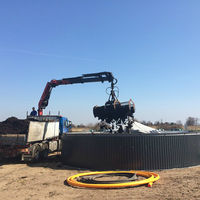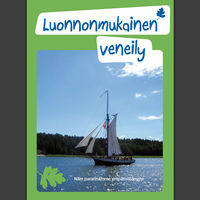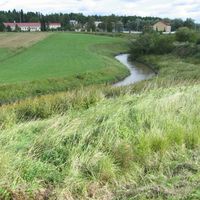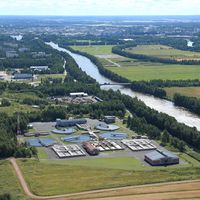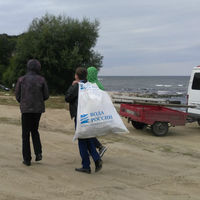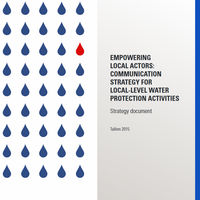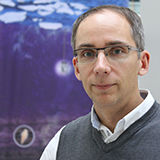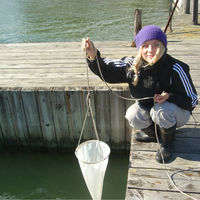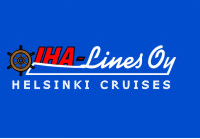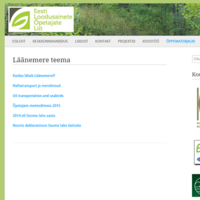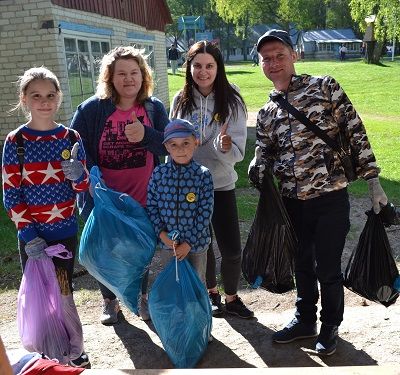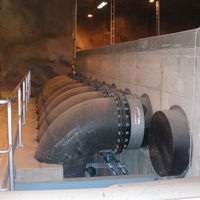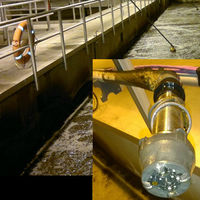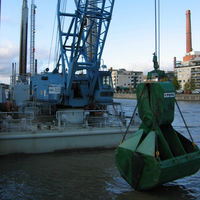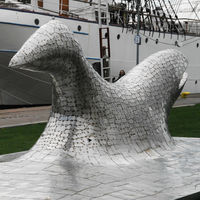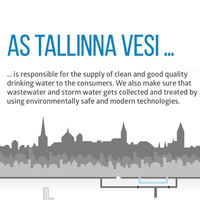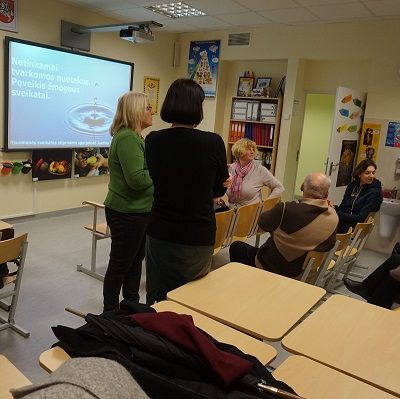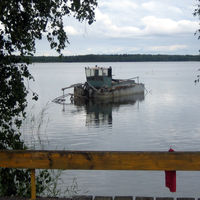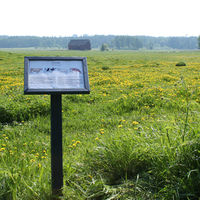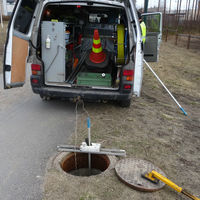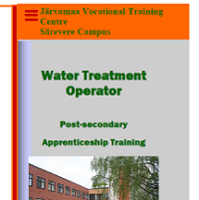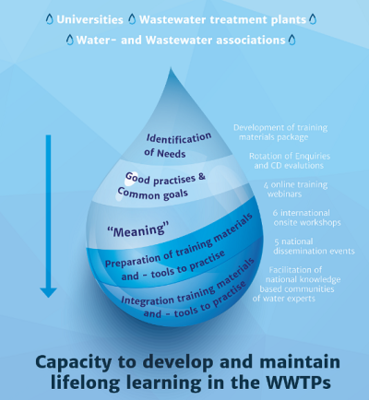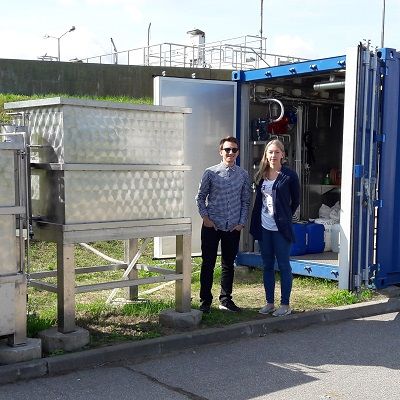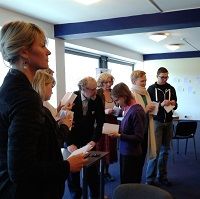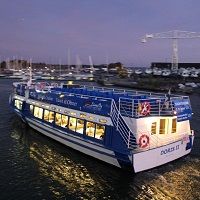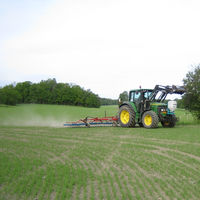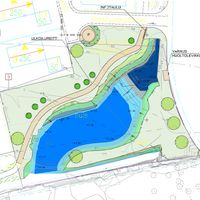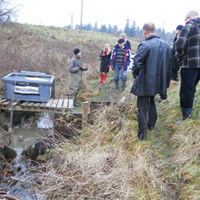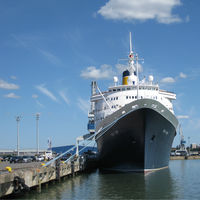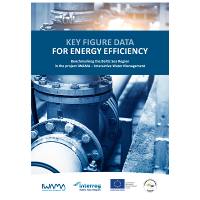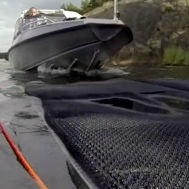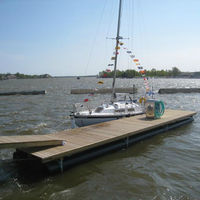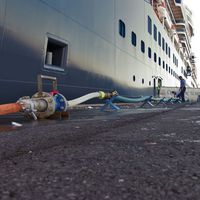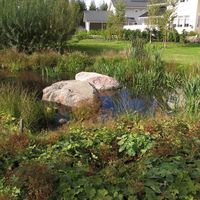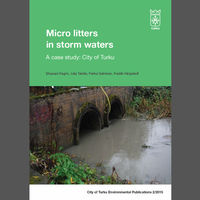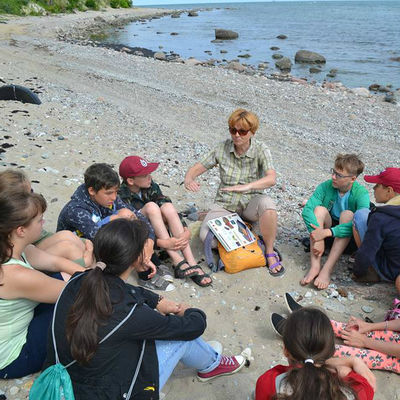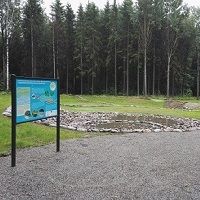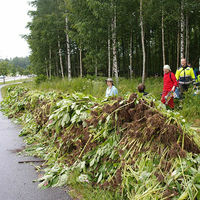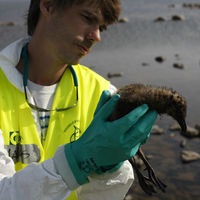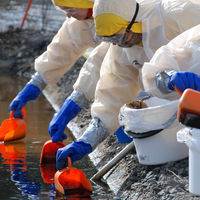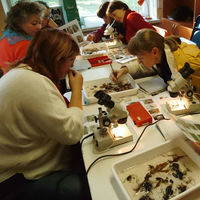Bank of Actions
Are you seeking examples or inspiration for water protection? There are plenty of potential actions to choose from! The Bank of Actions will provide your organisation with concrete ideas and examples of water protection activities implemented by organisations in the Baltic Sea Challenge network. You can browse these according to the theme, type of actor, country, year or keyword.
 |
Join the Baltic Sea Challenge network by committing to water protection work, and gain the benefits of an international expert Network. Read more about the Baltic Sea Challenge and how to join the network. |
 |
The Bank of Actions is always open to ideas for new actions. Is your organisation already a member of the Baltic Sea Challenge network and does it have good examples of water protection measures that it would like to share? Tell us about the work that you do, by filling in this form. We will put your action on the map! |
![]() Agriculture
Agriculture
![]() Awareness raising
Awareness raising
![]() Hazardous materials
Hazardous materials
![]() Littering etc.
Littering etc.
![]() Oil spill prevention
Oil spill prevention
![]() Research and monitoring
Research and monitoring
![]() Shipping and boating
Shipping and boating
![]() Stormwater management
Stormwater management
![]() Strategies and programs
Strategies and programs
![]() Wastewater management
Wastewater management
![]() Other
Other
![]() Drainage basin
Drainage basin
Reducing the nutrient load entering the Baltic Sea at the Kaunas WWTP
Actor: Kauno vandenys Ltd. ● Year: 2018 ● Address:
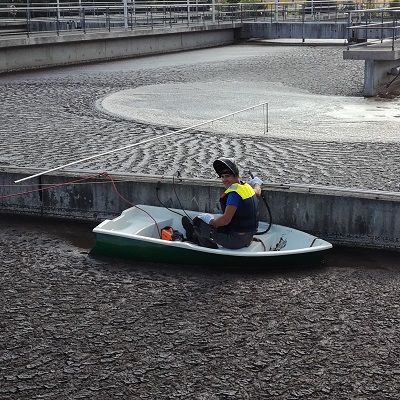
Pilot investment launched at the Kaunas wastewater treatment plant exemplifies a way to reach energy efficient reduction of nutrients entering the Baltic Sea. The pilot focuses on monitoring the aeration tanks for the nitrogen concentration and incoming airflow. Data collected from the airflow sensors allows optimization of the work of blowers. Further, to advance nitrogen removal, an additional methanol dosing point in the denitrification zone of the aeration tank was installed.
Description
The pilot consists of the following components and measures:
- Online nitrogen measurement devices in the aeration tank;
- Airflow meters in the aeration pipes;
- Methanol dosing point replacement in the aeration tanks, directly to the denitrification zone;
- Advanced process automatization for optimising the work of blowers.
The investment started with installation of four E+H Viomax CAS51D nitrate sensors in the aeration tank together with methanol dosing point replacement to the anoxic zones. In Kaunas WWTP methanol is used as an additional carbon source to improve denitrification. Nitrate concentration data collected from online sensors were used to optimize methanol dosage. During almost one year of operation with the new investment Kaunas WWTP improved total nitrogen removal efficiency by 3,2%, up to total 90,5% efficiency. New methanol dosing control strategy allowed us to use 12% less methanol than before.
To further improve nitrogen removal efficiency, additional ammonia analyzer E+H Liquiline CA80AM was installed. Data from analyzer is used for determining ammonia concentration directly in the active sludge. This is important step in choosing correct oxygen setpoint in the aeration tanks for nitrification. Before the installation of the new analyzer, oxygen setpoints were regulated according to ammonia concentration in the wastewater after secondary clarifiers. It resulted in process control time lag of ~6 hours.
Kaunas WWTP aeration system is designed to keep constant pressure, so as the aeration membranes gets clogged, airflow measurement is a solution to monitor the aeration membranes capacity. When the airflow drops below certain point, formic acid is injected to the system to dissolve scaling deposits and thus improving their capacity. Insufficient air flow to the aeration tanks results in unfavorable conditions to nitrification and nitrogen removal efficiency.
Benefits
All these investments were prerequisite for an advanced process automatization, which combines data from all the sensors and regulates oxygen setpoint, methanol dosage, and nitrogen removal efficiency.
Background information
The Kaunas WWTP investment was implemented within Interreg Baltic Sea Region Programme 2014-2020 financed project IWAMA (Interactive Water Management). Baltic Sea Challenge had close co-operation with IWAMA. The project activities concentrated on developing the capacity of water sector operators and pilot investments to increase energy efficiency and advance sludge handling. All project activities were targeted at better environmental state of the Baltic Sea through reducing nutrient input, optimizing energy consumption of the wastewater treatment plants, training water sector’s employees and ensuring the transfer of knowledge. The partners of the IWAMA project joined the Baltic Sea Challenge network.

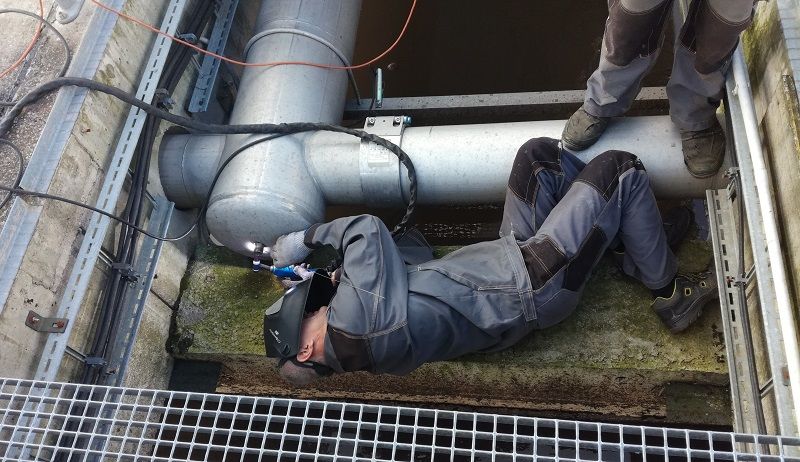
Further information
Name: Paulius Vaitelis ● Email: paulius.vaitelis(a)kaunovandenys.eu ● Web page: www.kaunovandenys.lt

